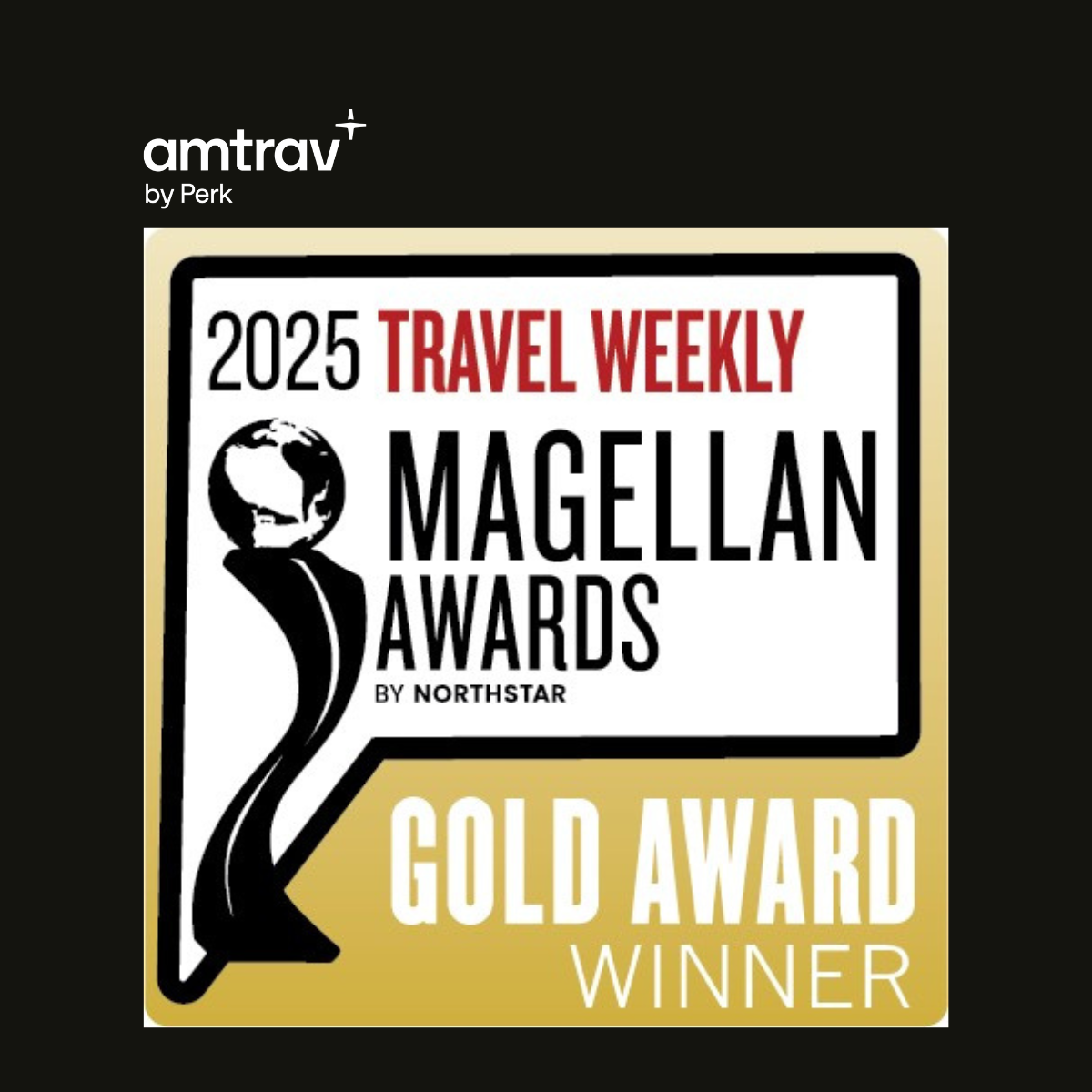Developing an effective corporate travel policy is essential for companies aiming to optimize their business travel programs. A comprehensive and well-structured policy not only helps control costs but also ensures employee satisfaction and safety.
In this blog, we'll delve deeper into the importance of involving key stakeholders, outlining specific guidelines, and maintaining clear communication while creating a corporate travel policy. Additionally, we'll explore the significance of accurate expense tracking and the inclusion of emergency responses in the policy.
1. Involve Key Stakeholders
Creating a comprehensive and inclusive corporate travel policy requires input from various departments within your organization. Involving stakeholders and team members from HR, finance, and operations ensures that the policy addresses their unique challenges and needs. Collaboration across these departments helps create a well-rounded travel policy that caters to everyone's concerns.
For instance, HR can provide insight into employee preferences and concerns, helping to create a policy that balances cost control with employee satisfaction. Finance can offer valuable input on budgetary constraints and expense tracking, ensuring the policy aligns with the company's financial goals. Operations can contribute valuable knowledge on logistics, preferred vendors, and travel-related workflows, leading to a more streamlined and efficient travel process.
Regular meetings with these key stakeholders can foster ongoing communication and facilitate policy revisions as needed. This collaborative approach allows for continuous improvement and ensures that the travel policy remains relevant and effective as the company grows and changes.
2. Don’t Skimp on the Specifics of Your Corporate Travel Policy
When drafting your corporate travel policy, it is crucial to provide specific details and avoid any ambiguity. This clarity helps to prevent confusion and promotes policy compliance among employees. Be sure to outline guidelines regarding various aspects of business travel.
For example, clarify the company's stance on bleisure travel, i.e., combining business and leisure trips. Specify the conditions under which bleisure travel is allowed, any additional expenses the company covers, and the expectations for employee behavior during leisure time.
Establish clear booking procedures, including preferred booking channels and any required approvals. Clearly outline the tools or apps that employees should use to help with tracking expenses and booking travel. Define the approval process flow, indicating the responsible parties, expected turnaround times, and the process for handling rejected requests.
Set budgetary guidelines for airfare, specifying any class restrictions or limitations. Indicate when (or if) non-air transportation, such as trains or buses, should take precedence. Provide lodging guidelines, including preferred hotel star ratings, incidental expense policies, and rules regarding upgrades. Establish rental car guidelines, clarifying whether ridesharing or personal car usage is covered and any restrictions on car types or rental agencies.
Lastly, set daily or per-meal food and dining allowances, specifying any restrictions on alcohol consumption or reimbursable expenses.
3. Clear Communication Is Key
Effectively communicating your travel policy and any subsequent changes to employees is essential. Keep in mind that generational differences may create communication barriers, so tailor your approach accordingly. For instance, you may need to use different communication channels, such as email, video conferences, or in-person meetings, depending on the audience.
Ensure the policy is concise and easy to understand, catering to employees who may only have time to skim through the document. Use bullet points, headings, and short paragraphs to break up the text and make it more digestible.
Consider creating an executive summary or a one-page cheat sheet of the key policy points. This can serve as a quick reference guide for employees, especially those who are pressed for time.
Regularly review and update your travel policy as needed, ensuring it remains relevant and effective. Communicate any changes clearly and promptly, providing employees with ample notice and resources to help them understand and adapt to the changes.
4. Define a Report Structure for Accurate Tracking & Improvement
In your travel policy, be sure to outline a reporting structure that enables accurate tracking of travel and expense data. Establish a company-wide standard for expense reporting, specifying the preferred tools or apps to prevent data duplication and streamline the process. This standardization ensures a consistent and efficient expense reporting experience for all employees.
Accurate and concise expense reporting is critical for understanding the true ROI of your business travel. Regularly analyze the collected data to identify trends, areas of overspending, and opportunities for cost savings. This data-driven approach enables continuous improvement of your travel policy and contributes to a more efficient and cost-effective travel program.
Furthermore, consider integrating your travel policy with your company's travel management software. This integration allows for automated enforcement of policy compliance, making it easier for employees to adhere to the guidelines and for managers to identify and address any violations.
5. Include Emergency Responses in Your Corporate Travel Policy
Incorporating emergency responses and crisis action plans in your corporate travel policy is essential for ensuring employee safety during business trips. A well-defined escalation plan provides clarity and guidance in times of urgency and demonstrates your company's commitment to its duty of care.
When drafting your emergency response plan, consider the different types of crises employees may encounter while traveling, such as natural disasters, political unrest, or health emergencies. Establish clear communication channels and designate points of contact within the organization for employees to reach out to during emergencies.
Provide guidelines on how employees should handle unforeseen events, such as flight cancellations or delays, and outline the resources available to them in such situations. Be sure to include information on travel insurance coverage and the process for filing claims.
It's crucial to ensure that employees fully understand the emergency response portion of your travel policy. Regularly review and update the policy to address any changes in risk levels or travel destinations, and conduct periodic training sessions to keep employees informed and prepared.
Conclusion
An effective corporate travel policy is the foundation of a successful business travel program. By involving key stakeholders, being specific about guidelines, and maintaining clear communication, you can create a policy that balances cost control and employee satisfaction. Additionally, focusing on accurate expense tracking and incorporating emergency responses further enhances the efficiency and safety of your business travel program. With these strategies in place, your organization will be well-positioned to optimize its corporate travel experience for both the company and its employees.

Johnathan Vance




